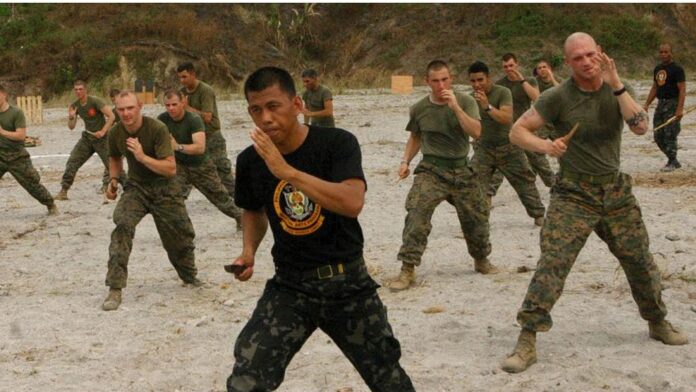Edged Weapons Training for Self-Defense and Combat
Throughout history, knives have served dual roles as both practical necessities and cultural symbols across diverse societies worldwide. For many, bladed weapons represented the most accessible form of personal defense when economic constraints made swords, firearms, or other expensive armaments unattainable.
However, beyond their utilitarian function, knives became deeply embedded in the traditions and identities of numerous subcultures, from military units like the Gurkhas to the Scottish Highlanders who incorporated dirks into their ceremonial dress, to Indo-Malay societies where the kris were worn by the nobility and revered for their sacred status in religious rituals.
The cultural significance of blades extended across religious, occupational, and regional boundaries, creating distinct knife traditions that reflected the values and lifestyles of their respective communities. Religious groups such as Sikhs integrating the kirpan as a fundamental symbol of faith, while Tibetan Buddhists employed the kilaya dagger in spiritual practices.
Occupational cultures developed their own blade traditions – South American Gauchos relied on their façon knives as essential tools for eating and daily tasks, Finnish woodsmen carried puukko knives as indispensable forest implements, and maritime communities depended on rigging knives for their seafaring work.
From the Bowie knife dueling culture of the American South to the traditional blade-crafting practices of Native American tribes, these diverse communities transformed simple cutting tools into powerful symbols of identity, status, and cultural heritage that were carefully preserved and transmitted across generations.
Why Everyone Needs to Carry a Knife Today
Due to an epidemic rise of violent crimes around the world today, the knife has metamorphosed into a valuable tool for self-defense, with an ever-growing interest from the general public to purchase and train with edged weapons.
Contemporary knife training encompasses a diverse spectrum of martial traditions and practical systems from around the globe. Southeast Asian methodologies dominate much of the modern landscape, particularly Filipino Martial Arts (FMA) and the various regional expressions of Silat found throughout Indonesia, Malaysia, and Brunei, each offering distinct approaches to blade work rooted in centuries of warrior culture.
The training options that extend beyond traditional Southeast Asian systems include Western reality-based-training and combatives programs that emphasize practical self-defense applications. Classical European approaches such as HEMA (Historical European Martial Arts) preserves medieval dagger techniques, and regional specializations like Italian stiletto methods.
The most ubiquitous edged weapons training in 2025 comes from two main sources, the Philippines, in the form of FMA’s (Filipino Martial Arts) and from the West – Reality Based Training and Combatives. However, more specialized and culturally specific systems prove significantly more challenging to locate. Traditional European knife fighting systems like Italian stiletto techniques and Spanish navaja methods are quite rare to find nowadays. These represent historical martial traditions that have largely disappeared from mainstream instruction.
Defensive Knives for Urban Environments Part 1
Defensive Knives for Urban Environments Part 2
Defensive Knives for Urban Environments Part 3
Defensive Knives for Urban Environments Part 4


